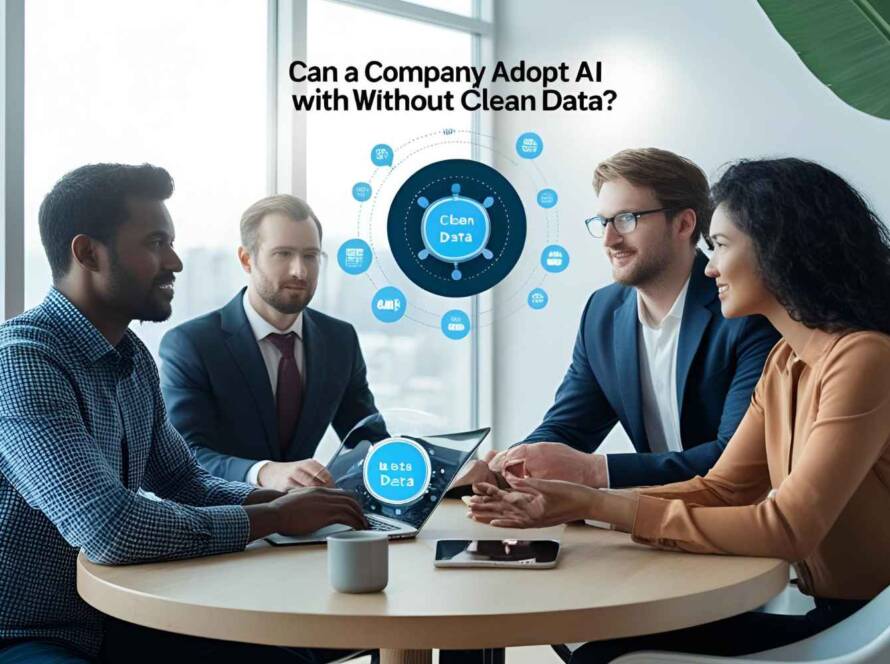Introduction
The rise of AI agents and automation is transforming how work gets done across organisations in the UK. Rather than simply using AI for isolated tasks, many forward-looking companies are embedding “agentic AI” into workflows, enabling continuous operation, real-time decision making, and greater efficiency. In this article, we dive into what agentic AI means, current adoption trends, how to reshape workflows, and what UK companies should do to safely reap the benefits.
What is “Agentic AI” & Why It Matters
Agentic AI refers to systems (software agents, sometimes with physical counterparts) that can act semi-autonomously to achieve goals: they can plan, decide, act, monitor, and adapt with less direct human supervision.
Why it matters:
- These agents can work 24/7, handling routine and even some complex tasks without constant human intervention.
- They reduce friction in decision flows, enabling processes to happen faster.
- By offloading predictable or well-defined parts of work, human teams can focus on strategy, innovation, relationship building, and exception handling.
Adoption Trends in the UK
- A Salesforce / NewtonX survey in the UK & Ireland found that 78% of senior leaders are using AI agents in workflows. Many report infrastructure readiness and employee adaptability as significant enablers.
- According to Capgemini UK, while many organisations are exploring or piloting generative AI & agentic AI, only a minority currently have mature data infrastructures or strong readiness for full scale automation.
- Growth reports suggest that UK SMBs expect economic value in the tens of billions from further adoption of AI & automation over the coming years.
Transforming Workflows: What Changes Organisations Must Make
To successfully embed agentic AI and automation, organisations will need to reshape several parts of their structure and operations:
- Redesign Processes for Autonomous Agents
Identify workflows that are repetitive, well-defined, and high volume (e.g. customer support triage, order processing, compliance checks) and adapt them so agents can take over part or all of those tasks. - Hybrid Human-AI Team Models
Humans must shift to oversight, exception handling, strategic input and model tuning. AI handles execution where safe and efficient. This requires role redesign and change management. - Scalable & Flexible Infrastructure
Cloud platforms, APIs, data pipelines, interoperability. These systems must support continuous learning, monitoring, agent-to-agent communication, and fallback to human control. - Governance, Monitoring & Feedback Loops
Continuous monitoring of agent behaviour, auditing for errors or drift, ensuring safety, resilience, and accountability. Implement mechanisms for human review and override. - Risk Management & Fail-Safes
Contingency planning for when agents make wrong decisions or when data quality fails. Have human escalation, logging, auditing, and rollback systems.
Business Outcomes: What To Expect
Organisations that adopt agentic AI and automation thoughtfully are seeing:
- Significant time savings — survey respondents report gains of 3-10 hours per week freed for productive work.
- Increased employee productivity, reduced error rates, faster turnaround times.
- Lower operating costs over time as automation replaces repetitive manual tasks.
- Better scalability: ability to respond quickly to demand shifts without proportional increases in staffing or overhead.
However, it is important to have realistic expectations: not every process is automatable, and over-automation can introduce risks if oversight or human judgment are removed where they are needed.
Best Practices for Safe Automation in UK Organisations
- Prioritise processes to automate based on impact, risk, and clarity.
- Ensure humans remain “in the loop” for decisions that affect individuals, regulatory compliance, or reputation.
- Maintain high data governance: privacy, security, fairness.
- Provide ongoing training and change management so staff understand how agents are used, and what happens when things go wrong.
- Build for adaptability: systems should evolve as tasks, regulations, or business needs change.
Conclusion
Agentic AI and automation are reshaping how UK organisations work, offering efficiency, productivity, and competitive advantage. But the gains come only when systems are well designed, human oversight is built in, and trust, safety, and legal compliance are priorities.
Web AI Engines Ltd is committed to helping businesses harness automation safely and effectively so that AI agents enhance human work, rather than replace it, and deliver sustainable value.
Disclaimers & Legal Notice
- General Information Only
This article is for educational and informational purposes only; it does not substitute for professional legal, financial, or technical advice. - No Liability
To the fullest extent permitted by UK law, Web AI Engines Ltd disclaims all liability for any loss or damage arising from reliance on this information. - Accuracy & Currency
The content is believed accurate when published, but regulations, technologies, and markets change. Updates may be needed. - Third-Party References
Any external organisations, tools, surveys or reports cited are used for illustrative purposes. Inclusion does not equate to endorsement. - Intellectual Property
This is an original work by Web AI Engines Ltd, inspired by public domain and published reports but rephrased and restructured so as not to infringe copyright. Reproduction or distribution without permission (except under permitted UK copyright uses) is not allowed. - Statutory Rights & Obligations
Nothing in this document purports to exclude or limit rights under UK laws that cannot be excluded, including data protection, consumer protection or equality legislation.


